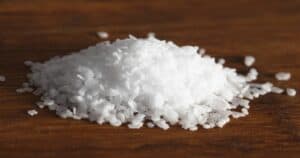Are you tired of using the same old herbs in your cooking? Want to add a burst of flavor and nutrition to your meals? Look no further than chervil!
Chervil, a delicate and aromatic herb, offers a range of health benefits, including anti-inflammatory and antioxidant properties. It also contains vitamins and minerals such as vitamin C and iron. From soups and sauces to salads and omelets, chervil can elevate any dish’s taste and nutritional value.
In this article, we will delve into the versatile benefits of chervil, exploring its culinary uses, nutritional value, and potential health benefits.
By the end of this article, you will be inspired to add this underrated herb to your daily meals and reap its many rewards.
Introduction To Chervil: What Is It And Where Does It Come From?
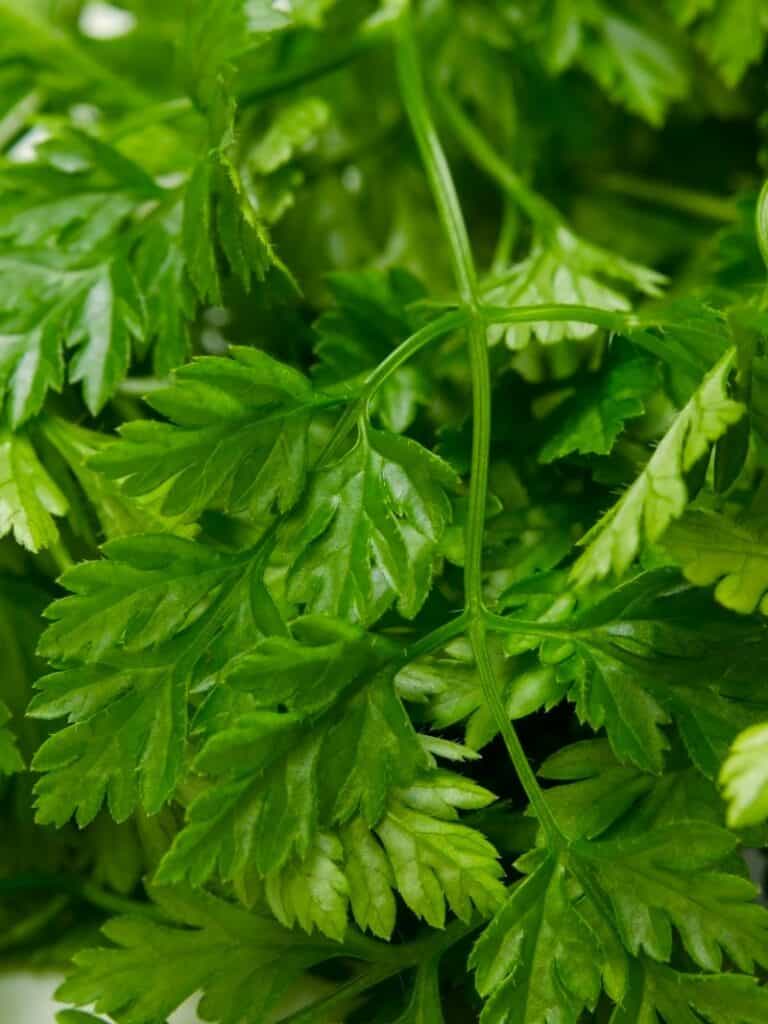
Chervil (ˈtʃɜːrˌvɪl/) is an annual herb that belongs to the same family as parsley. It has a volatile oil that produces a distinct, resinous scent resembling myrrh — hence its former name, myrhis.
Native to regions around the Black Sea and Caspian Sea and in western Asia, this delicate herb is cultivated in Europe for its distinctive lacy, decompound, aromatic leaves.
When used for culinary purposes, chervil is employed to flavor salads, fish dishes, soups, and egg dishes. It can also be used as a
In addition to culinary applications, chervil was traditionally believed to have medicinal benefits such as warding off bad dreams, treating burns, and relieving stomach upset.
It was also thought to have mild diuretic properties, which means it may help expel waste and toxins from the body while promoting urination — finally being used in eyewashes as a refreshing agent.
There are also preliminary indications that this herb may offer antioxidant properties.
Flavor Profile Of Chervil: Mild, Anise-Like, And Slightly Sweet
Chervil is a versatile herb known for its mild anise-like flavor and sweet licorice undertone. It’s often used as a substitute for tarragon and is sometimes called “French Parsley” because of its similar flavor profile.
In French cuisine, it is usually added raw to salads or used as flavoring in soups. Chervil also has a pleasant anise taste that is similar to cicely.
Including chervil in your diet can bring robust flavor and aroma to your favorite dishes. Beyond the world of culinary arts, it also has many medicinal benefits due to its high levels of vitamins A, C, and numerous minerals.
Using the herb instead of common ingredients can allow you to experiment with bold flavors that will leave even the pickiest eater wanting more.
Health Benefits Of Chervil: What You Need To Know
Chervil is a versatile plant with an array of beautiful advantages for health. One of the significant health benefits of chervil is its capacity to increase the body’s defenses or boost the immune system.
The plant also presents an impressive answer for respiratory issues such as bronchitis and coughing.
Here are some health benefits of chervil:
- Rich source of vitamins and minerals such as vitamin C and iron
- Contains anti-inflammatory properties
- Acts as an antioxidant to protect against oxidative stress
- It may have anti-cancer properties.
- It can aid in digestion and improve gut health.
- It has a diuretic effect, promoting urine production and helping to eliminate toxins from the body.
- It may have anti-anxiety and stress-relieving effects.
- It can be used to relieve menstrual cramps and regulate menstrual cycles.
- It can lower blood sugar levels and improve insulin sensitivity.
Culinary Uses For Chervil: Recipes And Dishes That Feature This Herb
Often called ‘the gourmet’s parsley’, chervil is a delicate herb that adds flavor and finesse to any dish. It is part of the herb blend known as fines herbes, including parsley, tarragon, and chives.
Chervil makes a great edible garnish, adding subtle flavor to egg dishes such as omelet aux fines herbes.
And since it has an anise-like taste similar to tarragon yet milder, it is often used to season sauces, new potatoes, salads, and dressings.
Here are some savory dishes that feature chervil:
Creamy chervil soup

This soup is made with fresh chervil, cream, and chicken broth. It has a light and refreshing taste, perfect for a starter or light meal.
Grilled shrimp with chervil and garlic butter
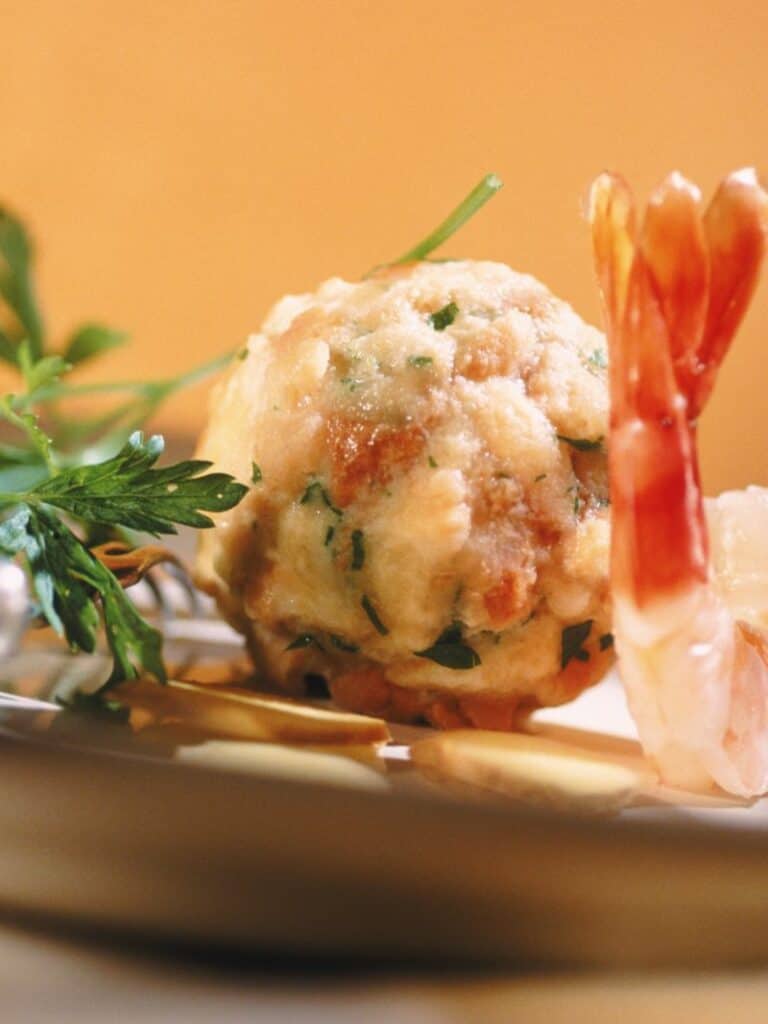
The chervil and garlic butter add a burst of flavor to grilled shrimp, making it a perfect summer dish.
Chervil and goat cheese tart and strawberries
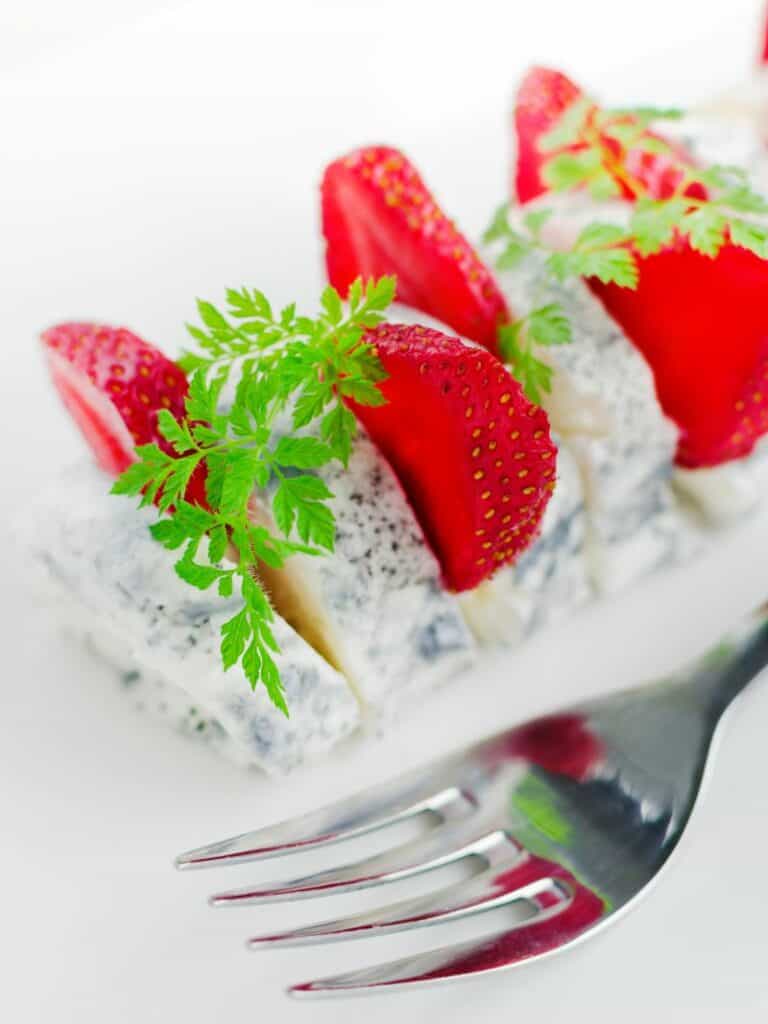
This savory tart is made with a chervil-infused pastry crust and goat cheese, eggs, strawberry and cream filling. The chervil adds a unique flavor to the tart, making it a delicious appetizer or light meal.
Beef and mushroom stroganoff with chervil garnish
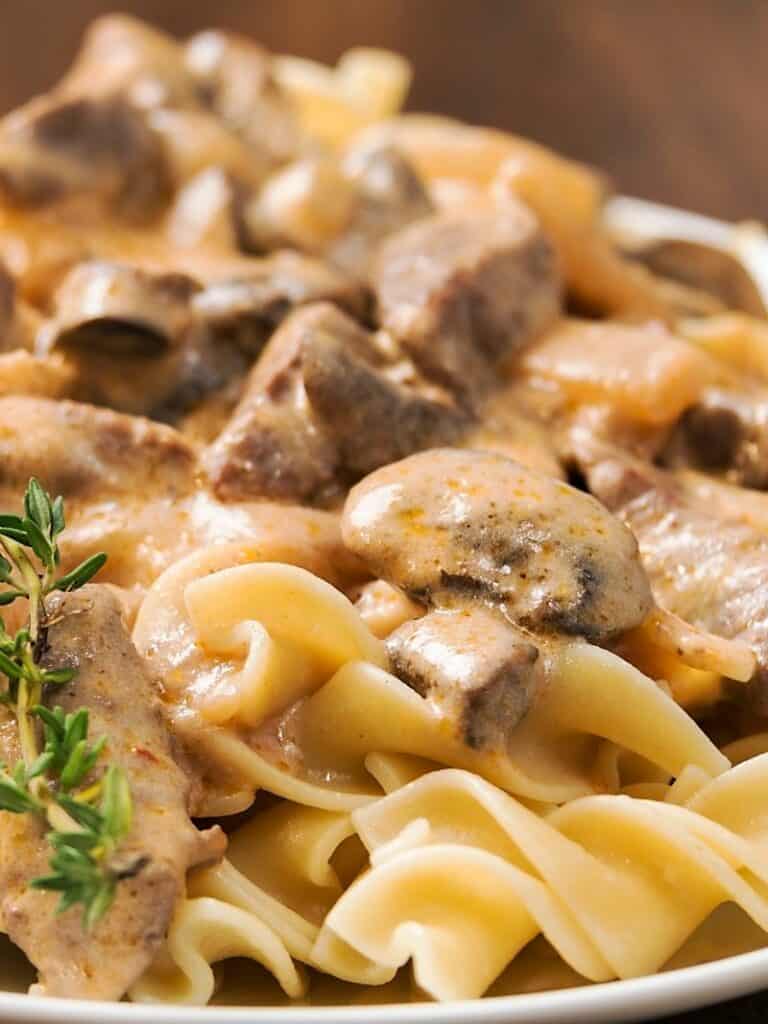
Chervil can be used as a garnish to flavor savory dishes like stroganoff. The mild anise flavor of chervil pairs well with beef and mushrooms.
Potato and chervil frittata
This frittata is made with eggs, potatoes, and chervil. The chervil adds a unique flavor to the dish, making it a great brunch option.
Pan-seared scallops with chervil and lemon butter
The chervil and lemon butter adds a delicious flavor to seared scallops, making it a perfect seafood dish.
Chervil and potato gratin
This gratin is made with thinly sliced potatoes, cream, and chervil. The chervil adds a unique flavor to the dish, making it a delicious side dish.
Roasted vegetables with chervil and balsamic vinegar
Chervil can be used to add a burst of flavor to roasted vegetables. The anise flavor pairs well with balsamic vinegar, making it a perfect side dish.
How To Prepare Chervil?
Preparing chervil is quick and easy. Here are the steps to follow:
- Rinse the chervil leaves under cold running water and pat them dry with a paper towel or clean kitchen towel.
- If you’re using the leaves in a salad or garnish, chop them finely and sprinkle them over the dish.
- If you’re using chervil in a cooked dish, add the leaves towards the end of the cooking time to preserve their delicate flavor. Chervil can also infuse cream or butter for a unique flavor.
- To make chervil oil, finely chop a handful and place it in a jar with olive oil. Let it infuse for a few days in a cool, dark place, then strain the mixture and store the oil in a bottle.
- Using dried chervil, use a mortar and pestle or a
spice grinder to crush the leaves into a powder. This powder can be added to soups, stews, and other dishes.
Chervil is a delicate herb, so it’s best to use it fresh and avoid cooking it too long to preserve its unique flavor.
Where to Buy Chervil?
Chervil can be purchased at many grocery stores, health food stores, and farmers’ markets. It is often sold fresh in the produce section but can also be found dried or in the form of chervil oil.
If you can’t find fresh chervil in your local stores, you can try growing it in your garden or buying it online from various seed companies or herb suppliers.
When purchasing fresh chervil, look for bright green leaves and avoid wilted or yellowed leaves.
Dried chervil can be stored in a cool, dry place for up to a year, while fresh chervil should be used within a few days of purchase or harvested from your garden as needed.
If parsley and anise had a child, it would be Chervil. An ingredient in traditional French fines herbes mixes, chervil is delicious on grilled or baked fish. The flavor is delicate, so add just before serving.
Chervil Substitutes
If you can’t find chervil or want to try a different flavor in your dish, there are several substitutes you can use.
Here are some options:
Parsley
Parsley resembles chervil and has a mild flavor that won’t overpower a dish.
Tarragon
Tarragon has a similar anise flavor to chervil, although it is stronger and more pungent.
Basil
Basil has a sweet and slightly peppery flavor that can substitute for chervil in some dishes.
Cilantro
Cilantro has a fresh and citrusy flavor that can work well as a substitute for chervil in dishes that call for a lighter flavor.
Dill
Dill has a delicate flavor similar to chervil, although it is slightly more robust and pungent.
Star anise
Star anise has a strong licorice flavor that can substitute for chervil in some dishes, especially in Asian cuisine.
When substituting chervil with another herb, remember that the flavor may be slightly different, so it’s best to start with a smaller amount and adjust to taste.
Additionally, it’s important to choose a herb that complements the other flavors in your dish.





